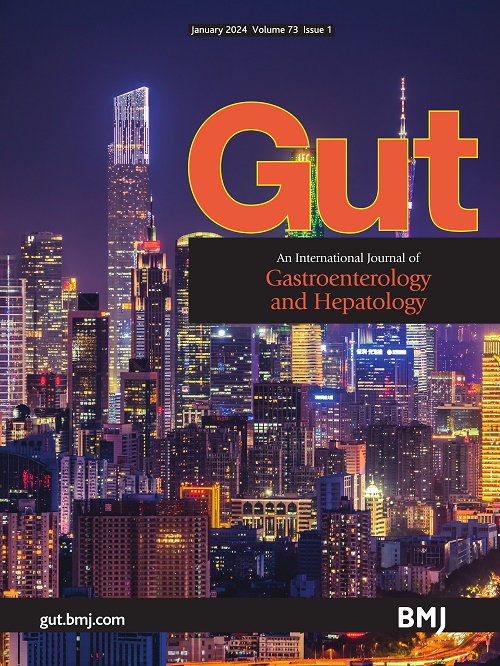Spatial single-cell omics: new insights into liver diseases
IF 25.8
1区 医学
Q1 GASTROENTEROLOGY & HEPATOLOGY
引用次数: 0
Abstract
The liver is a highly multifunctional organ that can perform many metabolic and immunological functions due to a highly complex spatially organised microarchitecture that is disturbed in many liver diseases. Recent methodological advances in spatial omics technologies enable the comprehensive study of the intrahepatic proteome, transcriptome and metabolome at near single-cell and subcellular resolution. The spatial resolution adds an additional dimension to our understanding of the liver, with the potential to revolutionise our insights into the cellular and molecular mechanisms underlying liver physiology and their dysregulation in liver disease. The identification of spatial niches and interactions is empowered by advanced bioinformatics approaches facilitating spatial cellular and network-level analysis and providing novel opportunities for clinical translation. A recent example in immuno-oncology is the use of spatial architecture-based immune classifications, which can improve patient stratification. In this review, we provide an overview of the current methodology and novel spatial insights into metabolic, infectious, immune-mediated, toxic and malign liver diseases and discuss perspectives for clinical translation.空间单细胞组学:肝脏疾病的新见解
肝脏是一个高度多功能的器官,由于其高度复杂的空间组织微结构在许多肝脏疾病中受到干扰,因此可以执行许多代谢和免疫功能。空间组学技术的最新方法学进展使得在接近单细胞和亚细胞分辨率下对肝内蛋白质组、转录组和代谢组进行全面研究成为可能。空间分辨率为我们对肝脏的理解增加了一个额外的维度,有可能彻底改变我们对肝脏生理学的细胞和分子机制及其在肝脏疾病中的失调的认识。先进的生物信息学方法促进了空间细胞和网络级分析,并为临床翻译提供了新的机会,从而增强了空间生态位和相互作用的识别能力。最近在免疫肿瘤学领域的一个例子是使用基于空间结构的免疫分类,这可以改善患者的分层。在这篇综述中,我们概述了目前的方法和对代谢性、感染性、免疫介导性、毒性和恶性肝脏疾病的新的空间见解,并讨论了临床翻译的观点。
本文章由计算机程序翻译,如有差异,请以英文原文为准。
求助全文
约1分钟内获得全文
求助全文
来源期刊

Gut
医学-胃肠肝病学
CiteScore
45.70
自引率
2.40%
发文量
284
审稿时长
1.5 months
期刊介绍:
Gut is a renowned international journal specializing in gastroenterology and hepatology, known for its high-quality clinical research covering the alimentary tract, liver, biliary tree, and pancreas. It offers authoritative and current coverage across all aspects of gastroenterology and hepatology, featuring articles on emerging disease mechanisms and innovative diagnostic and therapeutic approaches authored by leading experts.
As the flagship journal of BMJ's gastroenterology portfolio, Gut is accompanied by two companion journals: Frontline Gastroenterology, focusing on education and practice-oriented papers, and BMJ Open Gastroenterology for open access original research.
 求助内容:
求助内容: 应助结果提醒方式:
应助结果提醒方式:


